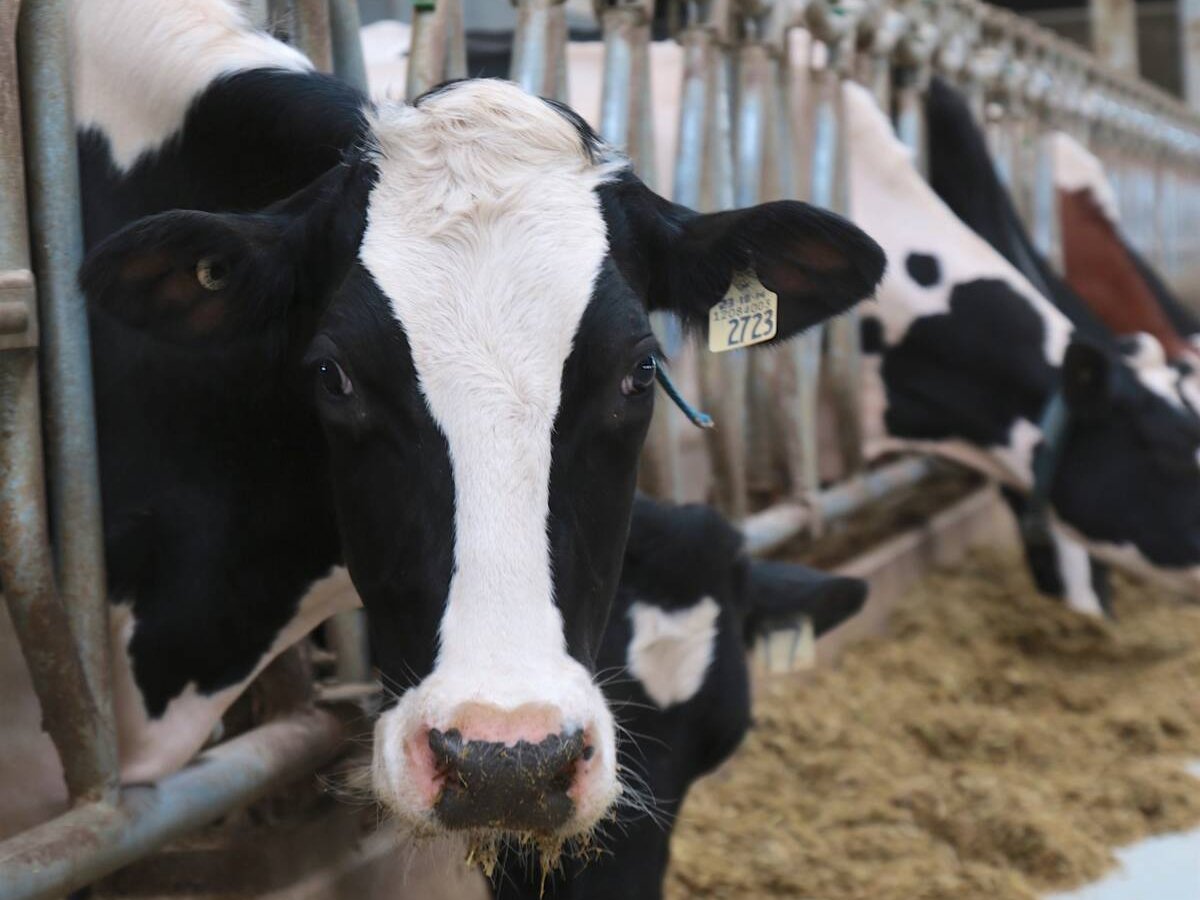Seventeen percent of farm equipment was leased at one dealership last year, up from six percent in 2013
CHICAGO, Ill. (Reuters) — U.S. farmers who are nervous that slumping grain prices will crimp profits are increasingly leasing equipment instead of buying it.
The move is creating new risks for manufacturers, which could suffer from declining values for leased machinery.
Farmers face weak markets after years of cashing in on soaring crop price and are now readjusting to a new normal in which they scrutinize every expense, particularly high-ticket items such as new tractors and planters.
The shift toward leases is the latest ripple effect from the downturn in the farming economy, which the U.S. Department of Agriculture predicts will cut net farm income by more than 30 percent this year to US$73.6 billion, the lowest since 2007.
Read Also

The Organization for Economic Co-operation and Development lauds Canada’s low farm subsidies, criticizes supply management
The Organization for Economic Co-operation and Development lauded Canada’s low farm subsidies, criticized supply management in its global survey of farm support programs.
Deere, the world’s largest maker of farm equipment, reported a 43 percent drop in first-quarter profits because of reduced demand.
The company, known for its signature green and yellow vehicles, saw a small increase in leases versus purchases last year, said Tony Huegel, director of investor relations.
Deere has said in regulatory filings that its estimates for the value of its leased equipment on the used market, after leases expire, jumped 66 percent in recent years to $2.78 billion as of Oct. 31. An increase in the size of its leased fleet is the main driver of the growth, documents show.
Analysts have noted the shift to leasing.
“We’re seeing some farmers even probably liquidate some of their fleets and move towards that model (of leasing),” said Lawrence De Maria, co-head of global industrial infrastructure at William Blair & Co.
Switching to equipment leases allows farmers to take advantage of historically low interest rates and frees up capital for other financial needs, such as buying seed and fertilizer and paying farmland rents.
Equipment leases began gaining in popularity last year, when corn prices fell six percent after a decline of nearly 40 percent in 2013, said Andy Huneke, director of leasing and trade credit for AgStar Financial Services ACA.
He said 17 percent of equipment was leased last year at one typical U.S. dealership, up from six percent in 2013.
“It gives producers a lot more flexibility, where they’re not committing long term to equipment during a challenging time,” he said.
Agco chief executive officer Martin Richenhagen said he has seen an increase in leasing but that the interest started years before the recent softening in the farm economy.














